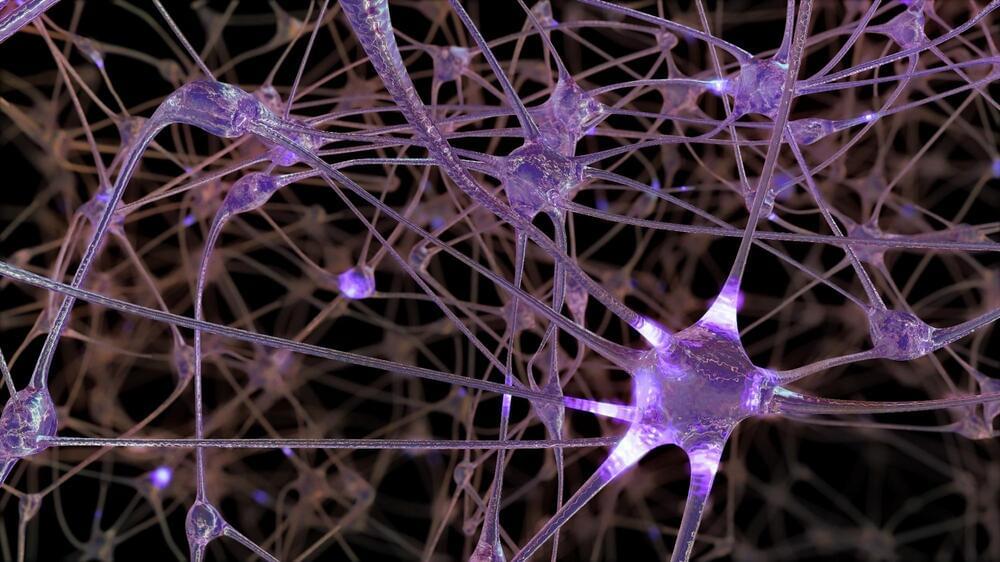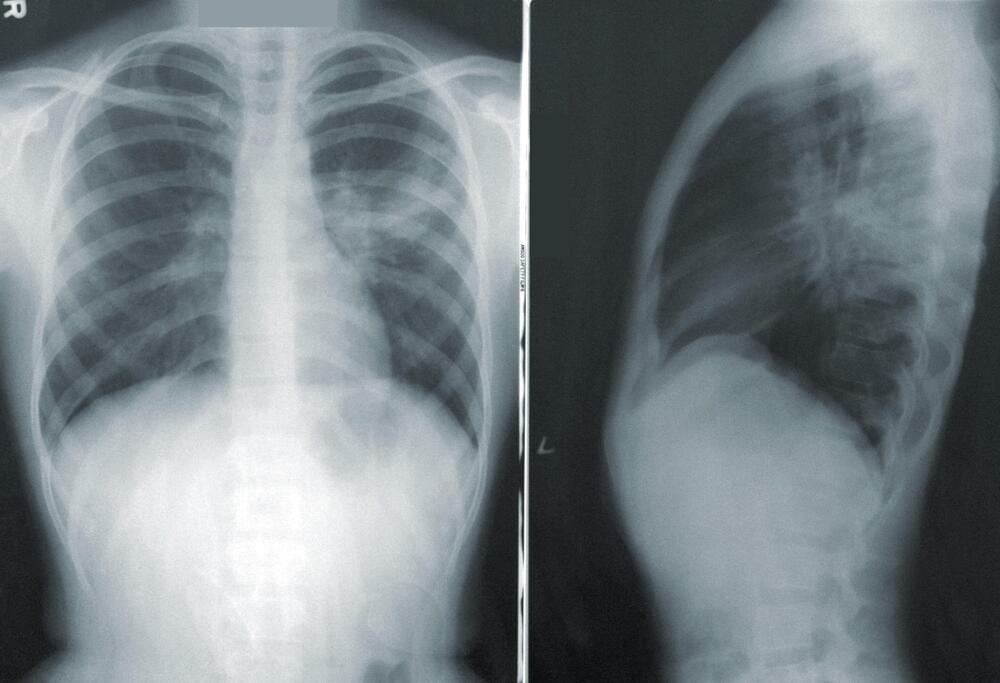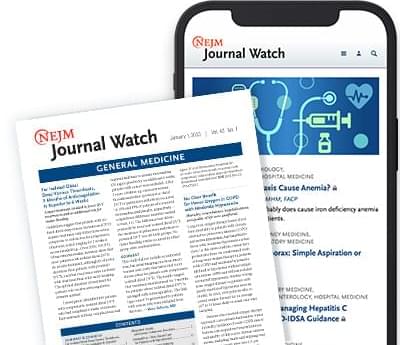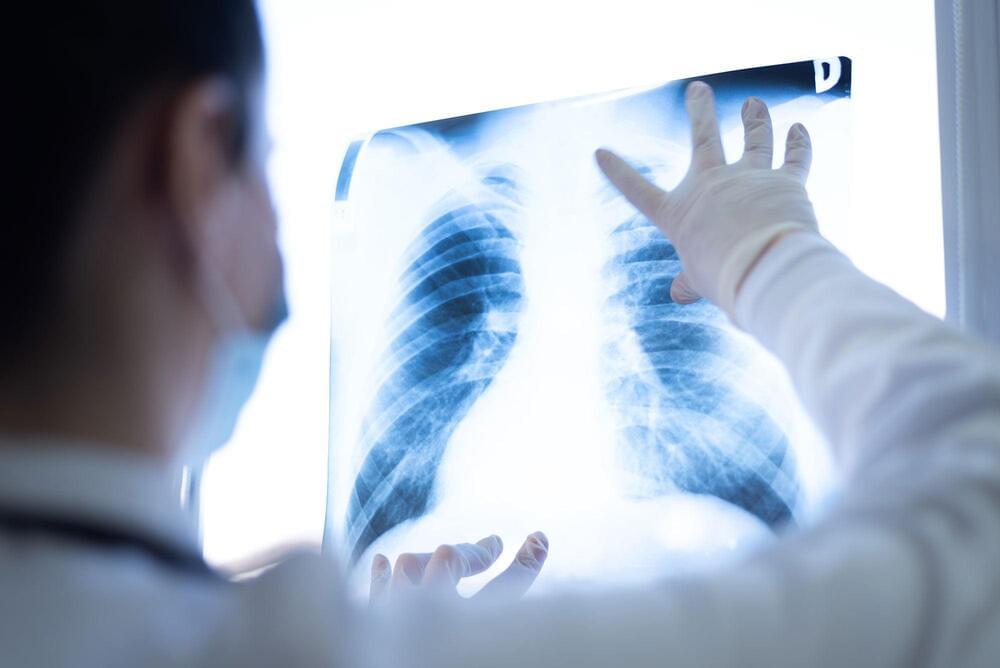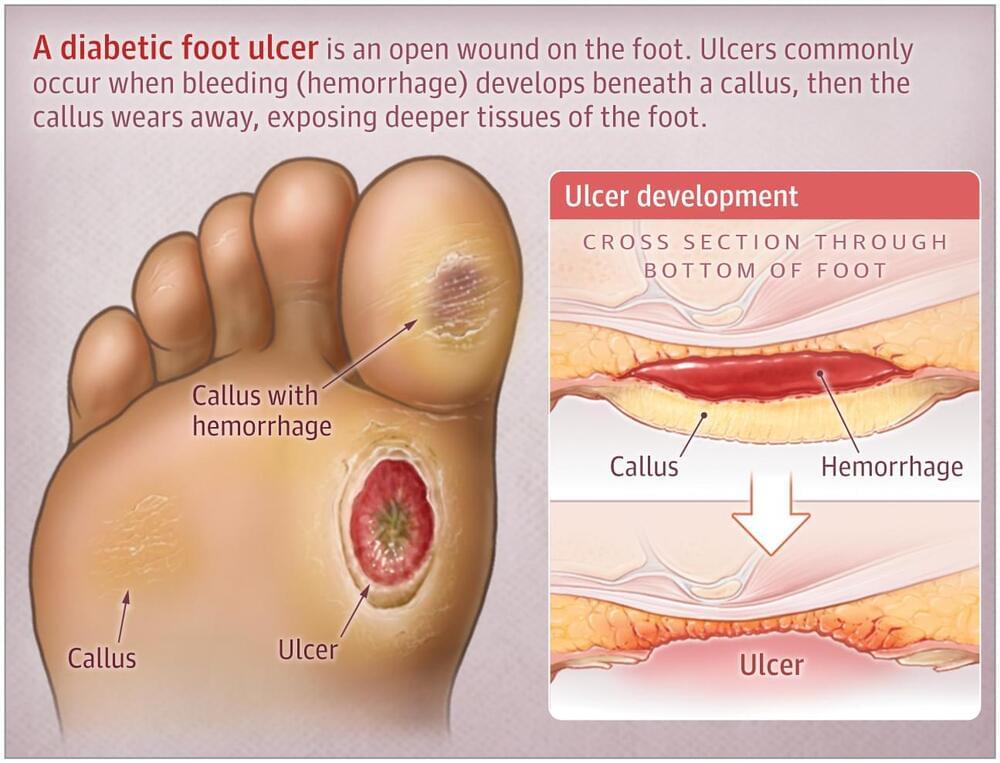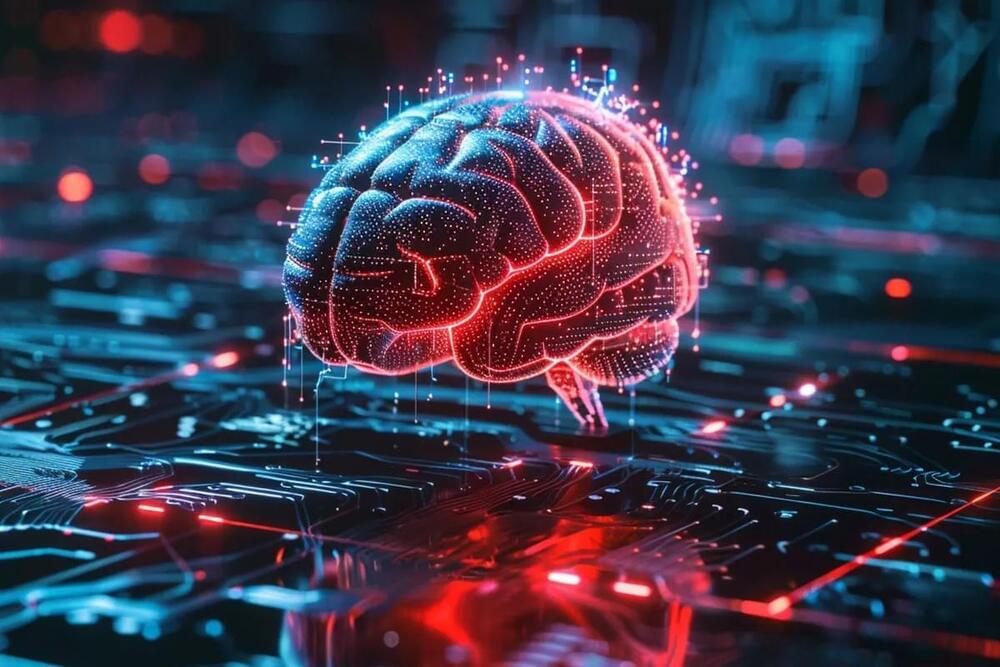🧠🔬💡
A significant reduction of GABA and monoamine oxidase B (MOAB), the latter of which is an astrocytic enzyme that produces GABA, was also observed in Crym KO mice. These observations suggest that increased synaptic excitation from IOFC terminals leads to lower levels of tonic GABA, which causes reduced presynaptic inhibition.
Study significance
Crym-expressing astrocytes in the central striatum regulate the release of GABA from the IOFC into the central striatum. Importantly, the loss of this regulation can lead to perseveration, which involves the continuation or repetition of a response or activity, a phenotype that is often reported in OCD, autism, Tourette’s syndrome, and HD.
